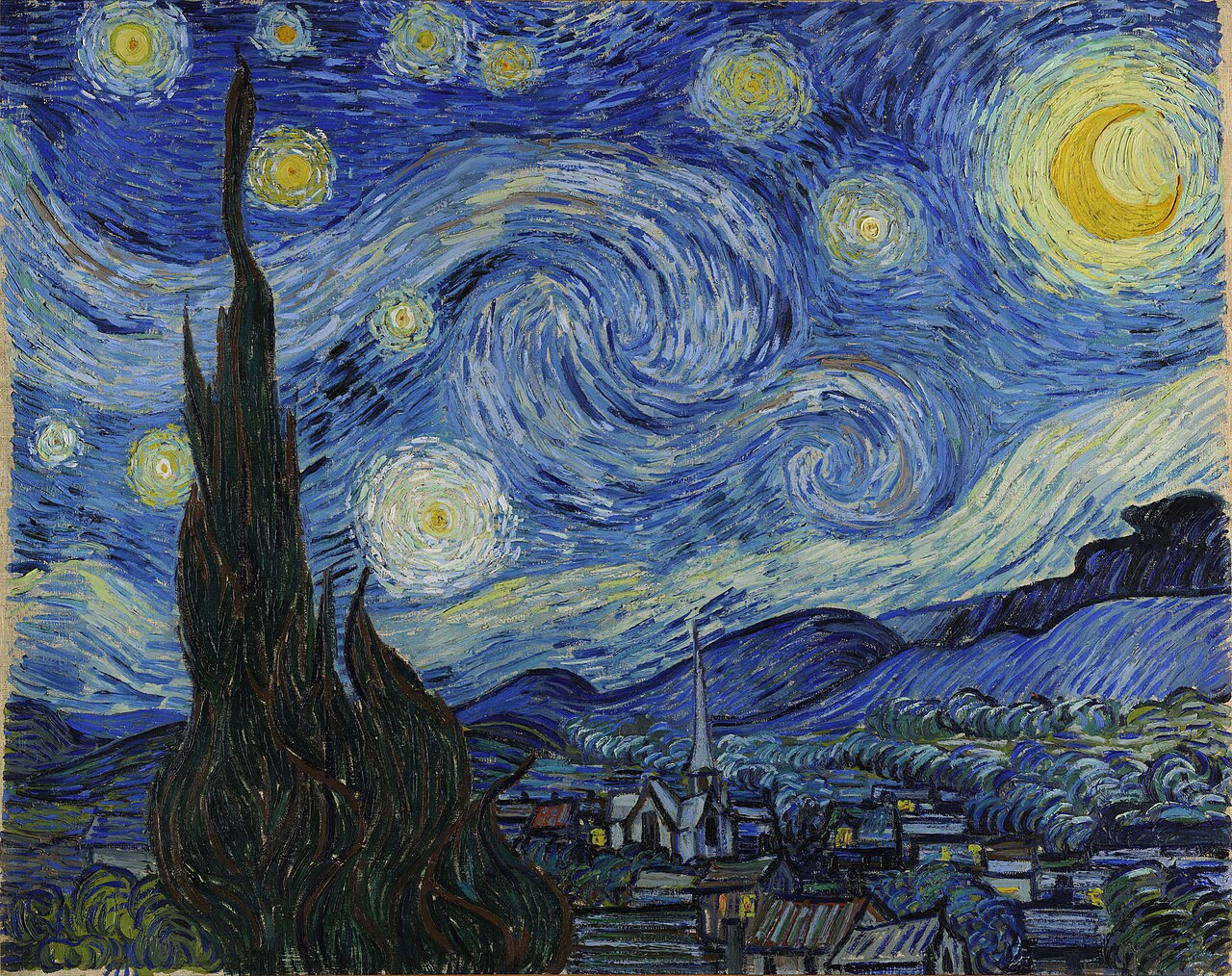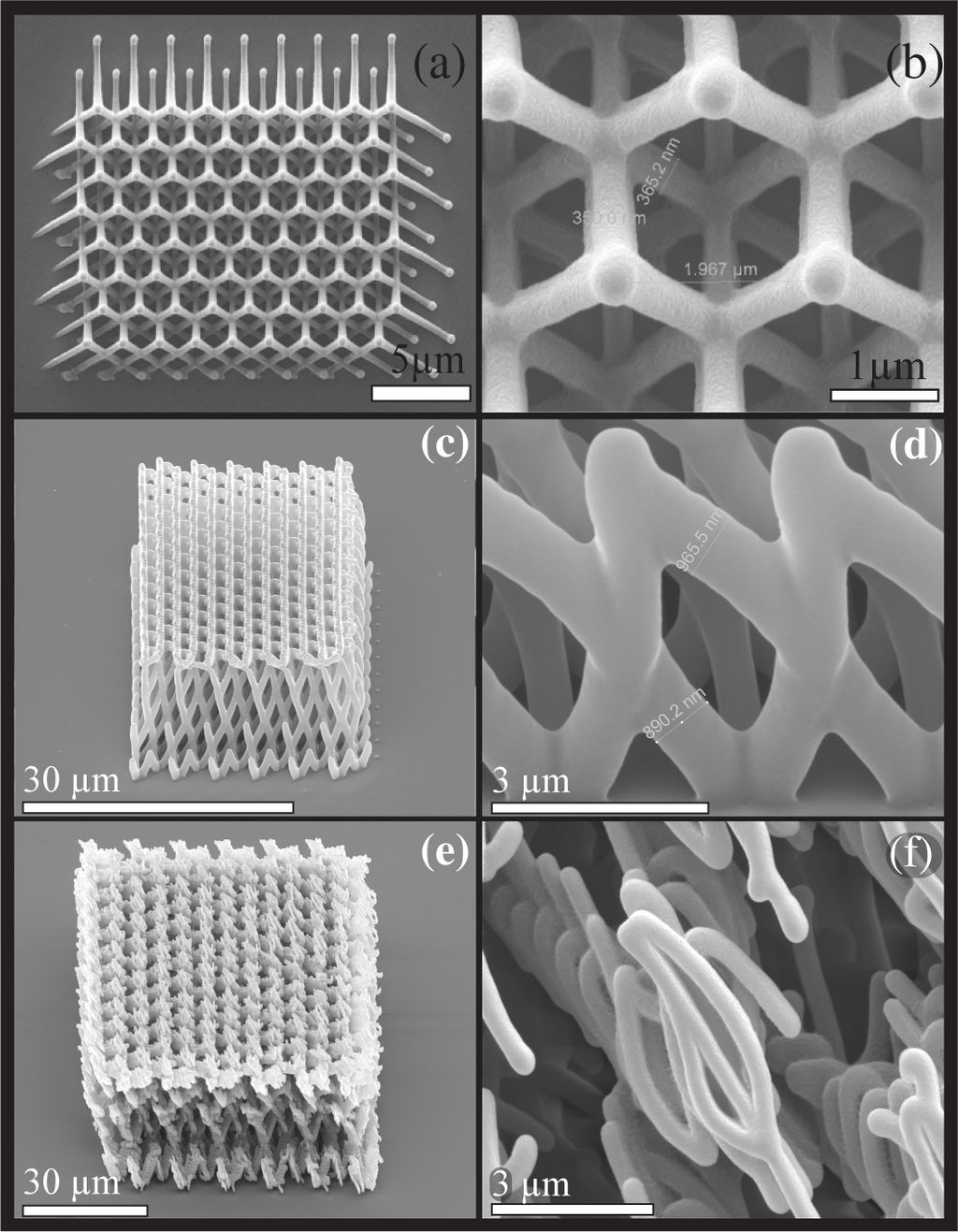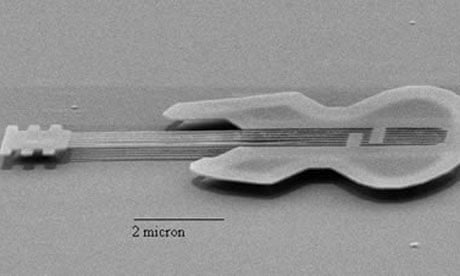Over this week's lecture, it was clear that the focus of the material was on the consciousness of an individual. In the discussion of consciousness, several points such as drug use, psyche, and biological basis. While consciousness can be interpreted as an amalgamation of non-computable components, the biological basis (chemicals, neurons, etc) all come together to form the single "entity" that is us. However, this consciousness, as discussed in the lectures, is shown to be a rather delicate process. For example, an irregular psyche can lead to destabilizing your consciousness, or even going as far as taking recreational drugs.
 |
| Extremely easy to affect the conscious |
Of course, as the UCLA study (Luders) shows other activity that are not deemed detrimental may possibly enhance the biological matter that comprises our "consciousness". While different actions we perform may alter the way we think, it is undeniable that "exploring" recreational drugs such as cocaine may have a profound effect on the way humans think. For example, in the lecture, it is mentioned that Freud was an avid user of cocaine; however, Freud is primarily known for his theories of the id, ego, superego. So does that mean we should all do drugs and become famous thinkers? No.
While it is known that many thinkers have had their fair share of substance abuse, there are also ways to "expand your mind"- such as meditation
,_oil_on_canvas,_73_x_54_cm,_Hermitage_Museum,_Saint_Petersburg,_Russia.jpg) |
| Picasso's Femme Au Cafe |
Just as many great thinkers have used drugs, there are also many famous painters who've turned to substances to expand their creative mind. Painters such as Van Gogh and Picasso were all avid users of absinthe, a strong alcoholic drink known for its peculiar effects. While substance abuse is usually not glorified, but in the painting above, it is noted by Picasso that the woman is actually enjoying a glass of absinthe. This goes to show how there can be a connection between neurological processes and how if we try to alter it, it can be related to arts.
 |
| TRIP HARD (not advertising getting high) |
Overall, I feel like this week's material, despite supposedly being centered around neuroscience and art, it was actually best shown as a discussion regarding "what is consciousness" and also how substances have had profound effects on famous thinkers and even those who analyze the mind (Freud, Jung, and etc). To really understand this week's material, I'd have to say the lectures were the best sources. The readings included felt a little irrelevant (in regards to the lecture), but were informative nonetheless.
Links:
- http://www.thespiritsbusiness.com/2014/08/the-10-most-famous-absinthe-drinkers/
- http://www.creonart.com/items/femme-au-caf%C3%A9-absinthe-drinker
- http://newsroom.ucla.edu/releases/how-to-build-a-bigger-brain-91273
- https://www.edge.org/documents/ThirdCulture/v-Ch.14.html
- http://www.creonart.com/items/femme-au-caf%C3%A9-absinthe-drinker
- http://psychcentral.com/blog/archives/2014/01/23/3-things-you-didnt-know-about-carl-jungs-psychosis/
- http://thechart.blogs.cnn.com/2011/07/22/sigmund-freuds-cocaine-problem/
- http://www.openculture.com/2014/04/igmund-freud-researched-got-addicted-to-cocaine.html






,_oil_on_canvas,_73_x_54_cm,_Hermitage_Museum,_Saint_Petersburg,_Russia.jpg)






/cdn0.vox-cdn.com/uploads/chorus_asset/file/5815365/2008.01.lightsbc.0.jpg)


